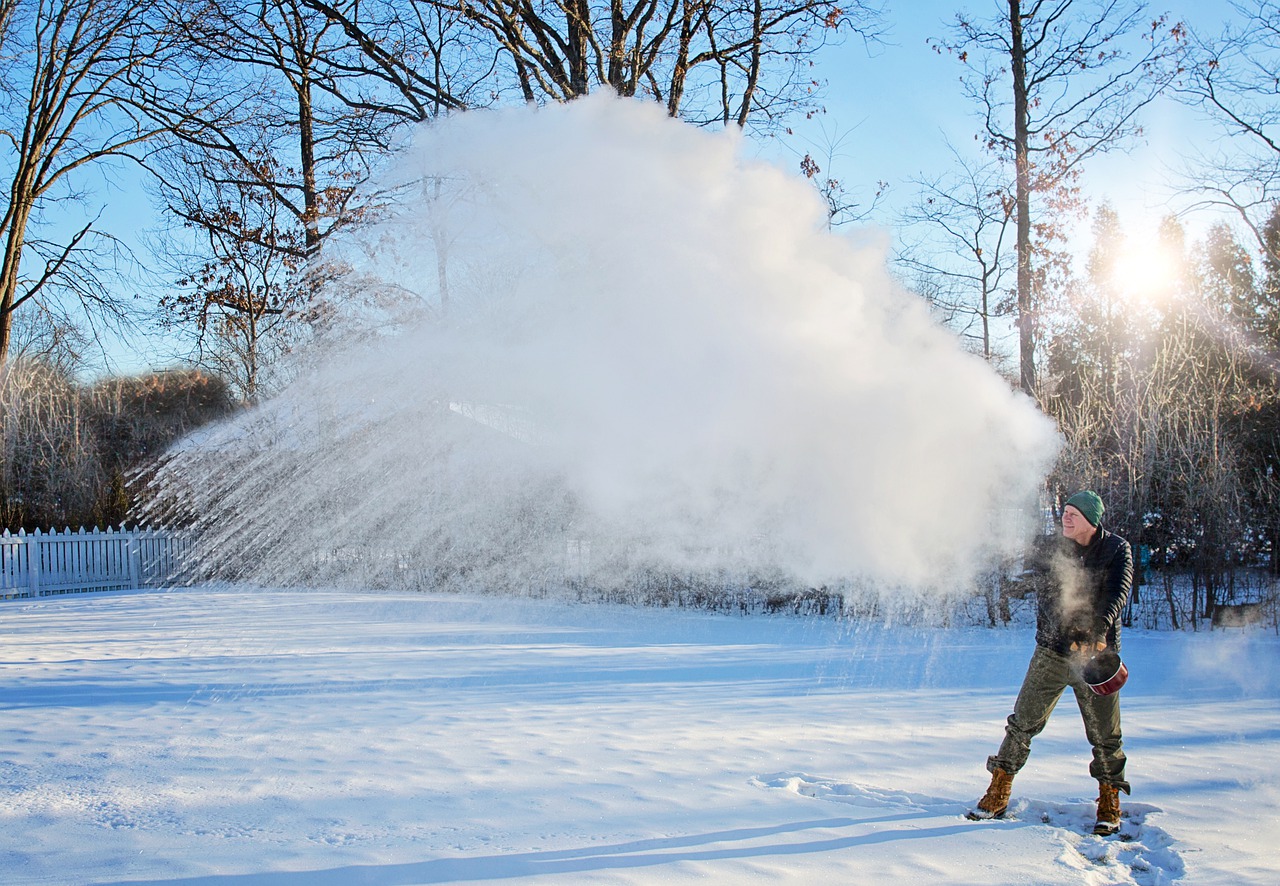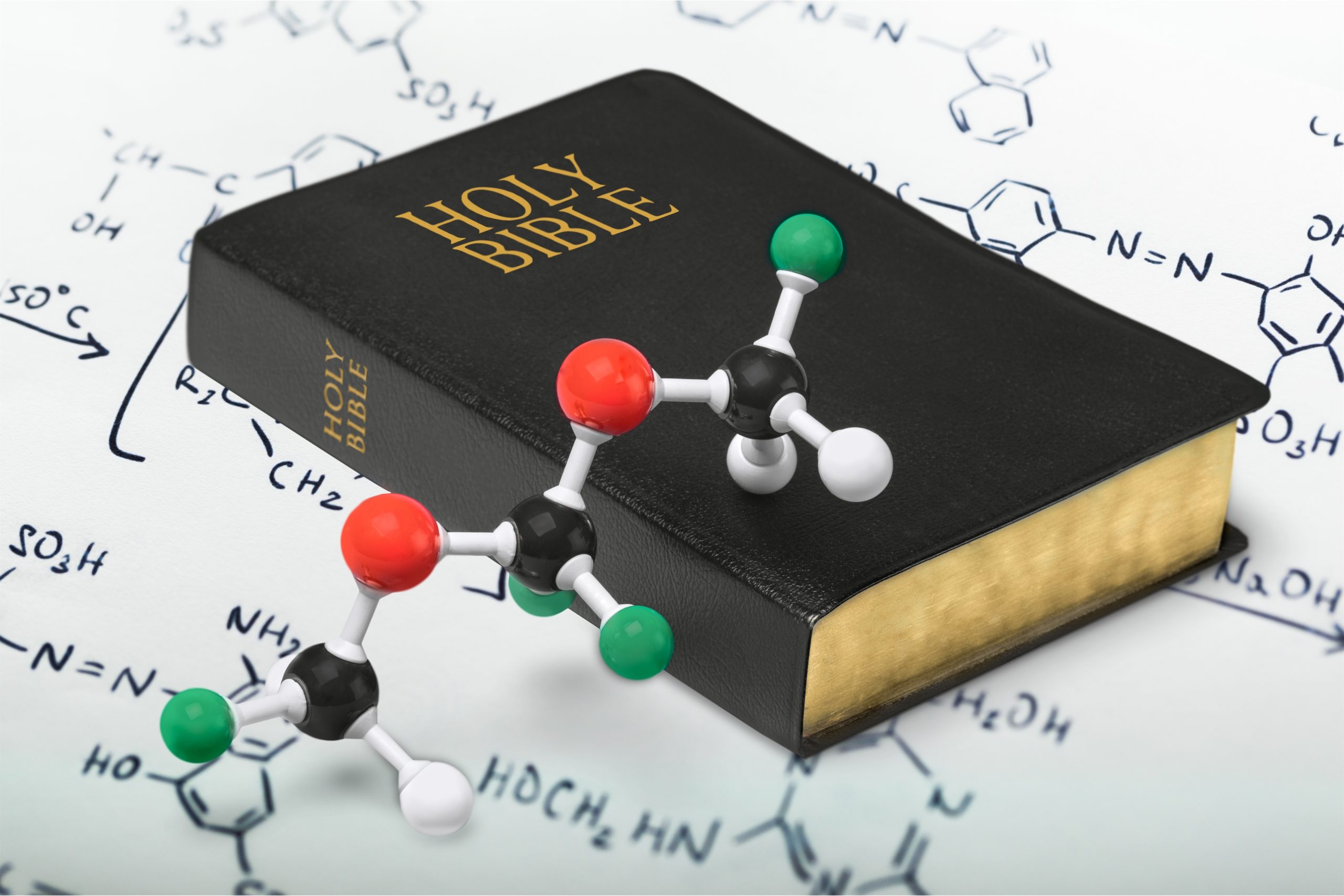
What Is the Mpemba Effect? (Part One)
To understand the Mpemba effect, one must first know that temperature is something that measures the speed of movement of the molecules in a fluid or gas.
Not all atoms move in the same way. Some move more slowly and others more quickly. Therefore, cooling a body consists in reducing the common speed with which the particles move.
The Mpemba effect is one of the biggest puzzles in physics. This result is supposed to be a contradiction in physics, studied for many years by Aristotle.
The Greek scientist described how some inhabitants of what is now Turkey would irrigate the posts of their fences with hot water so that they would freeze quickly. Although this effect was considered a fact, the scientific community was slow to find a consensus as to its explanation.
It is essentially a singular and seemingly illogical phenomenon, but true. During this event, hot water is able to reach the freezing point much faster than cold water. This rarity was first studied and documented by Aristotle. However, it was in the 1970s that the name was given to it thanks to a student from Tanzania.
The Strange Anecdote of the Ice Cream
This student named Erasto Bartholomeo Mpemba observed that the hot composition used in the making of ice cream froze much faster than the cold mixture. This attracted his attention and he published his discovery, which made this effect known until today.
This phenomenon is named after the young Tanzanian who made this discovery by mistake in 1963. It happened while he was preparing an ice cream in the high school where he was a student at the time.
To make ice cream, he would boil milk, add sugar, and then let it cool to room temperature. Later, he would place the mixture in containers and freeze it in the refrigerator.
On one occasion, Mpemba boiled milk for ice cream. A colleague did the same, but he chose to make the mixture with cold milk and freeze it directly.
Mpemba, on the other hand, preferred to freeze the hot milk. After an hour and a half, they checked that the container with the hot milk had already frozen while the other with the cold milk was still liquid.
Consulting a physics professor, he said that such an event was unlikely to occur. However, over time, Mpemba learned that street ice cream vendors often added hot milk to the mixture to make it freeze faster.
A New Explanation for the Mpemba Effect
Although various theories have been proposed to date in an attempt to logically explain the Mpemba effect, the reality is that, in most cases, they have all been rejected by some scientists. This has happened because researchers have found certain discrepancies that have prevented a unanimous conclusion to explain the phenomenon to date.
Based on this, a group of researchers from Singapore examined the effect and came to some conclusions that could be the decisive explanation for the Mpemba effect. According to a published paper, the increase in separation between water particles (H 2 O) with heat causes the hydrogen bonds that form between them to expand, to which is linked an accumulation of energy in this bond.
When the water cools down, the opposite happens, the water corpuscles join more and more, which allows the discharge of energy and causes a cooling phenomenon or heat loss.
It is concluded that by having a greater number of expanded hydrogen bonds, hot water accumulates a greater amount of energy than cold water. By exposing itself to negatively charged temperatures and expelling all this energy, it cools down much faster than water in its coldest state. This is why it freezes more quickly.
Here you go! Now that you know more about this phenomenon, would you like to learn even more on the Mpemba effect? Come back to check the second part of our article. Until then, what’s your favorite scientific phenomenon? Let us know more about it in the comments below.
You May Also Like

3 Steps for Making Comfrey Slurry
2022-08-05
11 Fascinating Facts About Outer Space
2021-09-20


